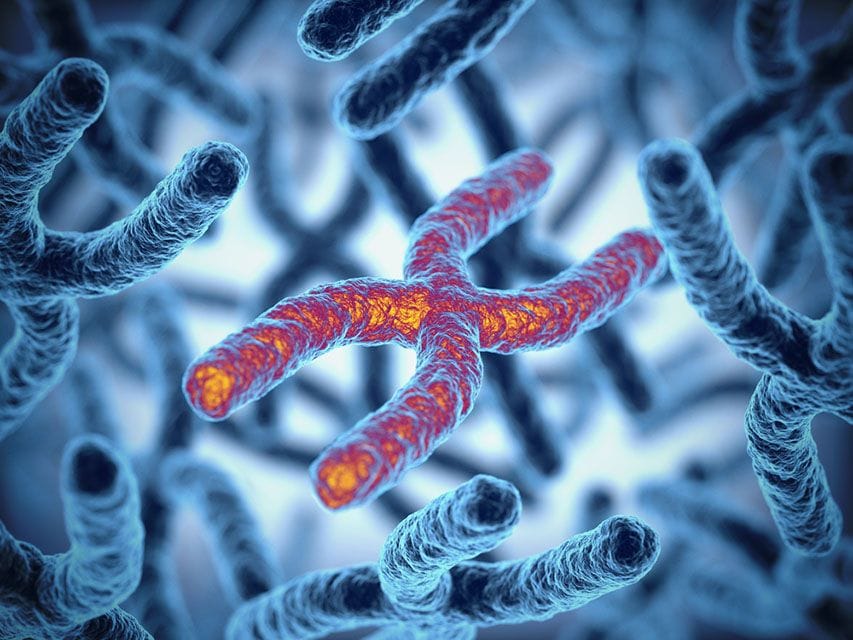Researchers have conclusively determined that much of any given person’s chances of developing problems with substance abuse or substance addiction are genetically based. However, no one fully understands all of the genetic factors that increase or decrease the odds of experiencing these problems. In a study published in late 2014 in the journal Addiction, a team of American researchers looked at the potential impact of small, common DNA variations on the odds of developing problems related to the consumption of several substances, including nicotine/tobacco, marijuana/cannabis, cocaine and alcohol.
Diagnosable Substance Problems
When researchers, doctors and public health officials refer to substance problems, they’re addressing two main issues: a non-addicted but clearly dysfunctional pattern of substance abuse and an uncontrolled pattern of substance intake associated with the presence of physical dependence and/or substance addiction. By longstanding convention, substance abuse and substance addiction were once viewed as separate problems that doctors could easily identify and diagnose. However, experts in the field now know that anyone affected by substance abuse may have significant symptoms of substance addiction or vice versa. Instead of asking doctors to prioritize the presence of one substance-related problem over the other, current guidelines in the U.S. now call on doctors to identify all such problems as aspects of a single illness called substance use disorder. The American Psychiatric Association maintains subcategories for a range of substances capable of producing substance use disorder. These substances include everything from marijuana/cannabis to alcohol, opioid drugs and medications, stimulant drugs and medications, nicotine/tobacco, inhalants, sedative-hypnotic medications, hallucinogens and inhalants. Each subtype of substance use disorder has a name that reflects the source of abuse and/or addiction-related problems (e.g., stimulant disorder and alcohol use disorder).
Substance Problems and Genetics
Every person on the planet has genetic tendencies that make him or her more or less susceptible to the development of various forms of substance use disorder. Since humans are a genetically diverse species, the particular combination of genes that increases or decreases risk varies from individual to individual. Researchers have identified some of the main genetic variations that can potentially make substance problems more likely. However, there are considerable gaps in the current state of scientific knowledge on this issue, and no one has a complete overview of the interactions between genetics, non-genetic environmental influences and the risks for the onset of abuse or addiction.
Impact of Small DNA Variations
Some of the genetic variations that occur among humans are quite large and distinct. However, much of the variation among people is the result of small genetic changes that only affect short segments of DNA. In the study published in Addiction, researchers from Brown University, Brown-affiliated Rhode Island Hospital, the University of Colorado at Boulder and the U.S. Department of Veterans Affairs used an examination of 2,596 adults to assess the impact that such small genetic differences may have on the odds of developing problems related to the consumption of marijuana/cannabis, alcohol, cocaine, nicotine/tobacco and certain other substances. All of these adults were drawn from a larger pool of people participating in a federally sponsored project called the Study of Addiction: Genetics and Environment, or SAGE. The researchers specifically looked for widely distributed, small genetic variations that could help explain a susceptibility to the development of substance problems, as well as the actual development of such problems. After completing a genetic analysis of the study participants, they concluded that the genetic influence of small DNA variations spread throughout the population likely account for 25 percent to 36 percent of the total risk for diagnosable substance problems in the U.S. They also concluded that, at a minimum, such variations account for about 20 percent of the total risk. The study’s authors stress the fact that the substance-related risks associated with small DNA variations are cumulative. While no one variation has a tremendous effect, a combination of variations can significantly raise or lower any person’s chances of developing substance abuse and/or substance addiction. The authors also note that small variations in DNA can increase the odds that any given individual will develop problems with comorbid substance use. This term refers to the uniquely damaging effects associated with the simultaneous use of two or more legal or illicit/illegal mind-altering substances.

